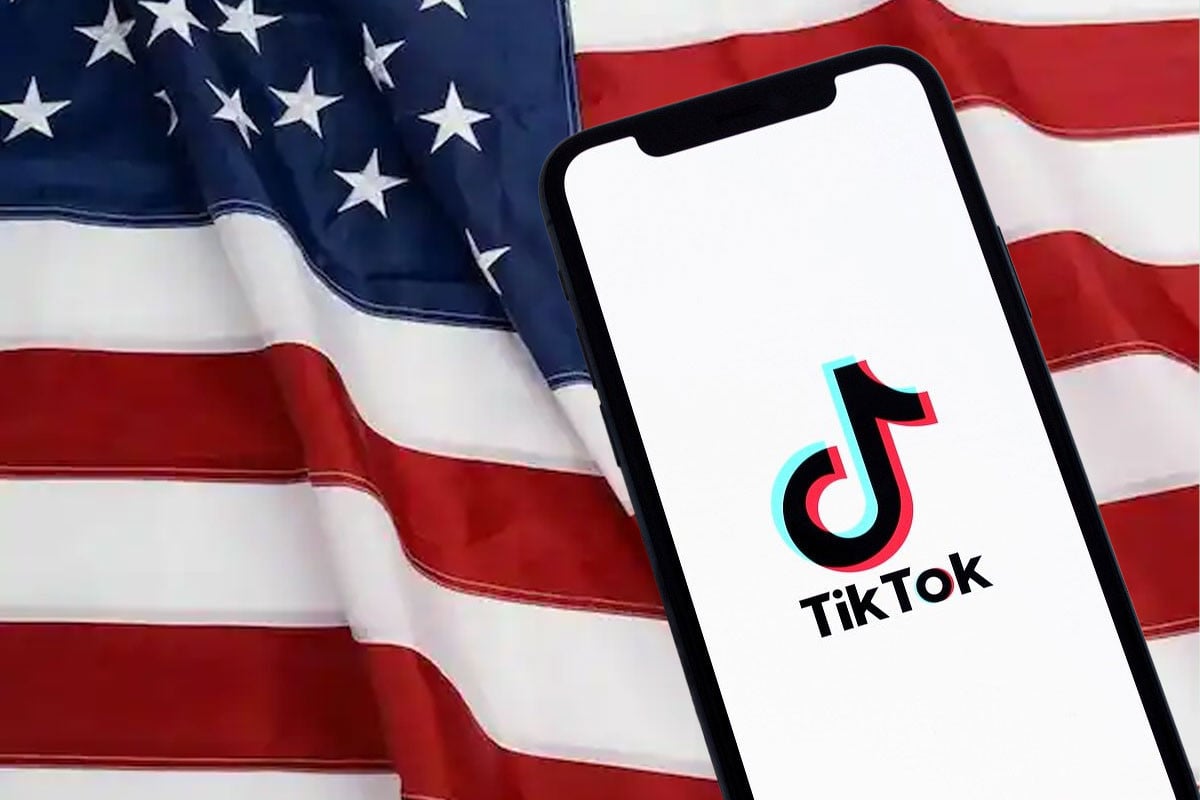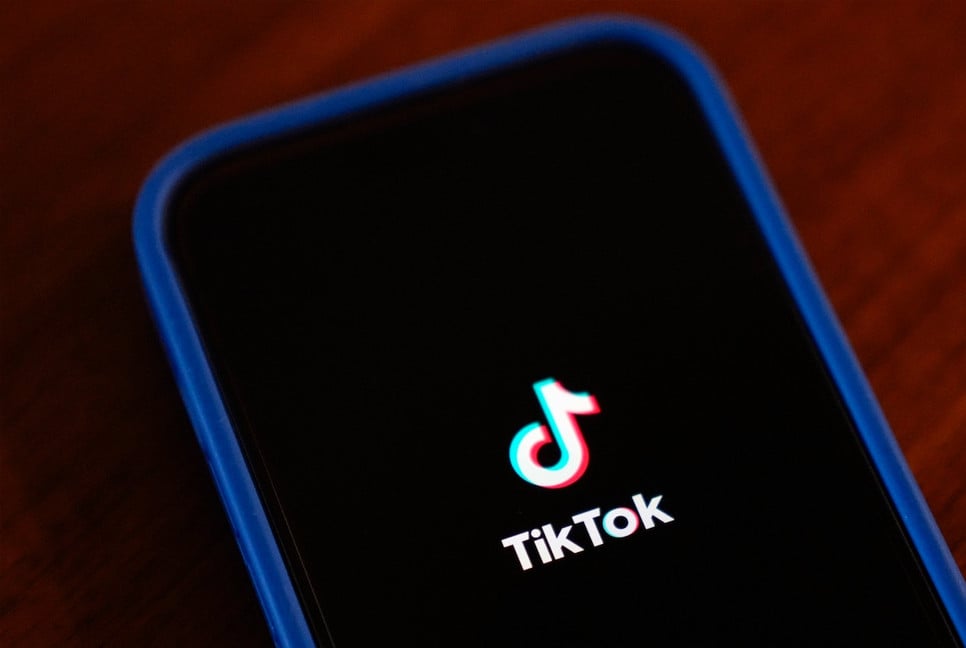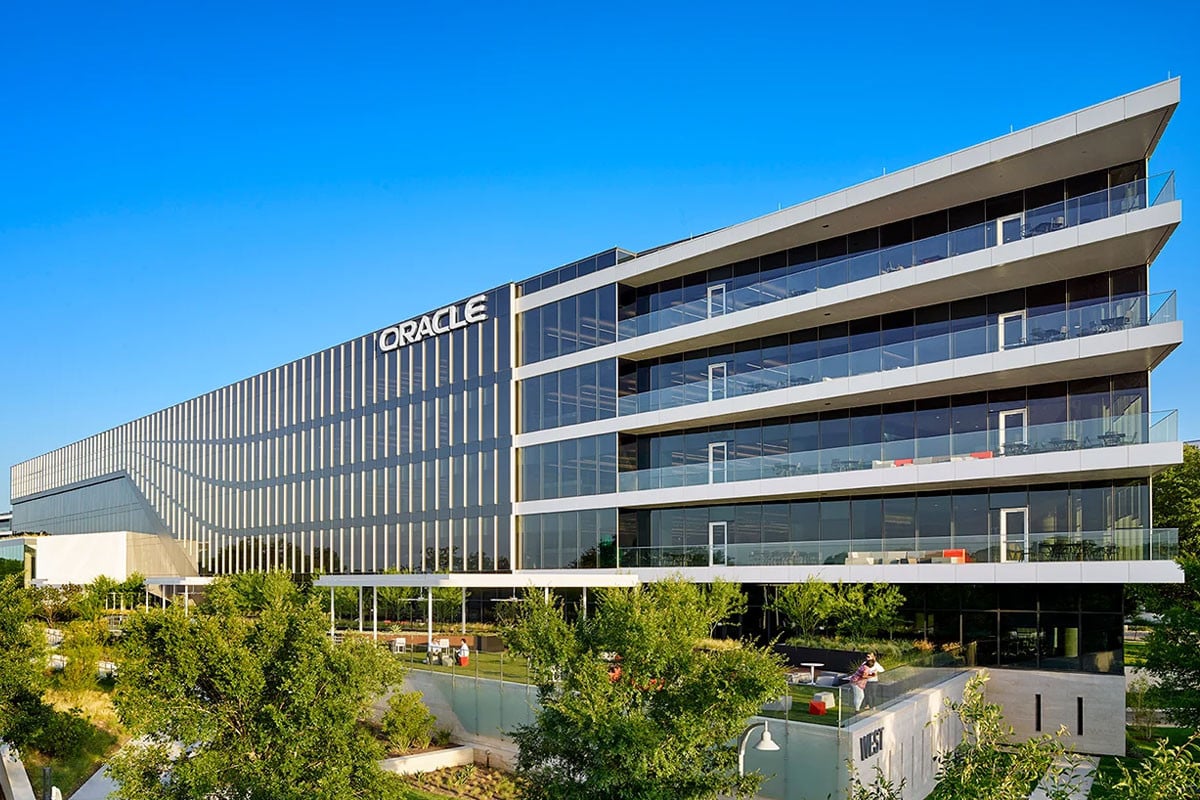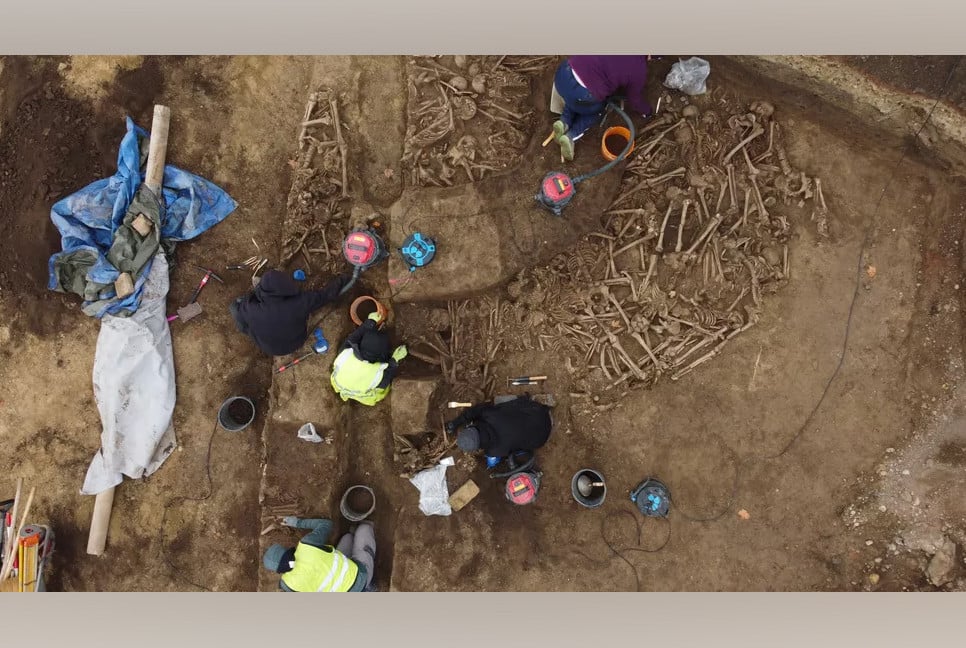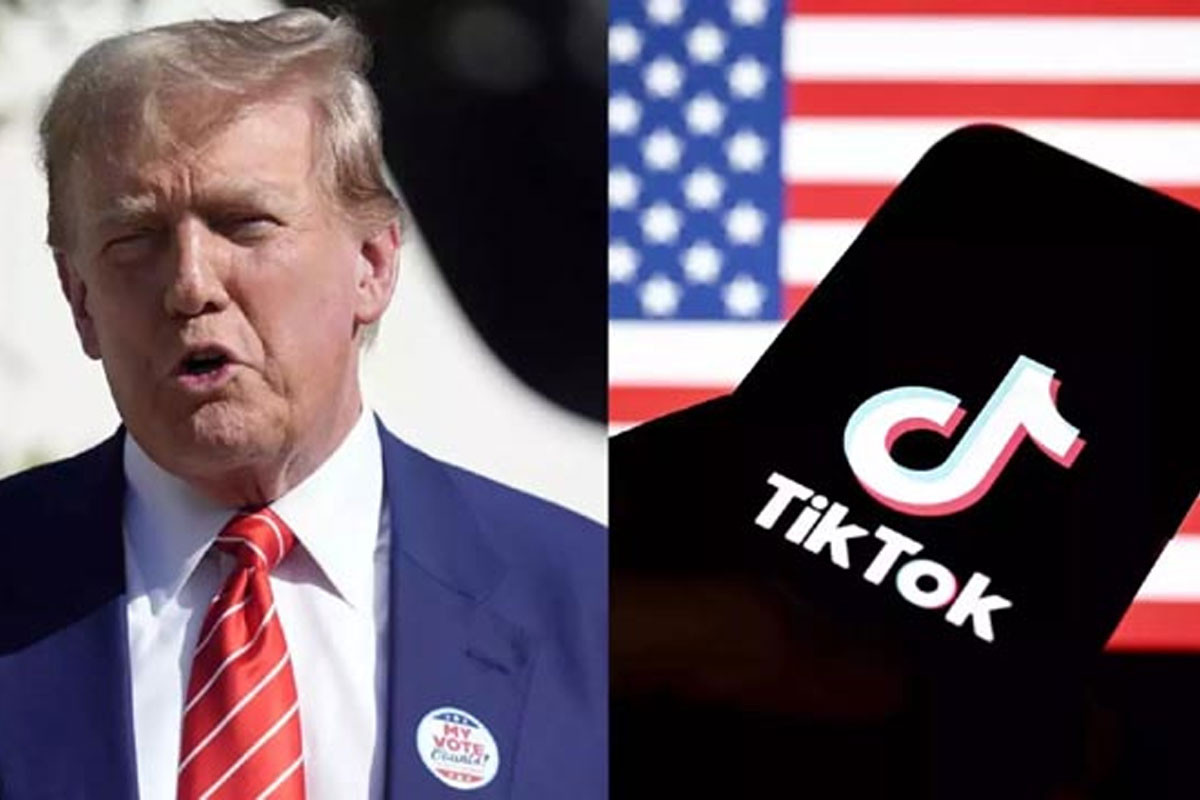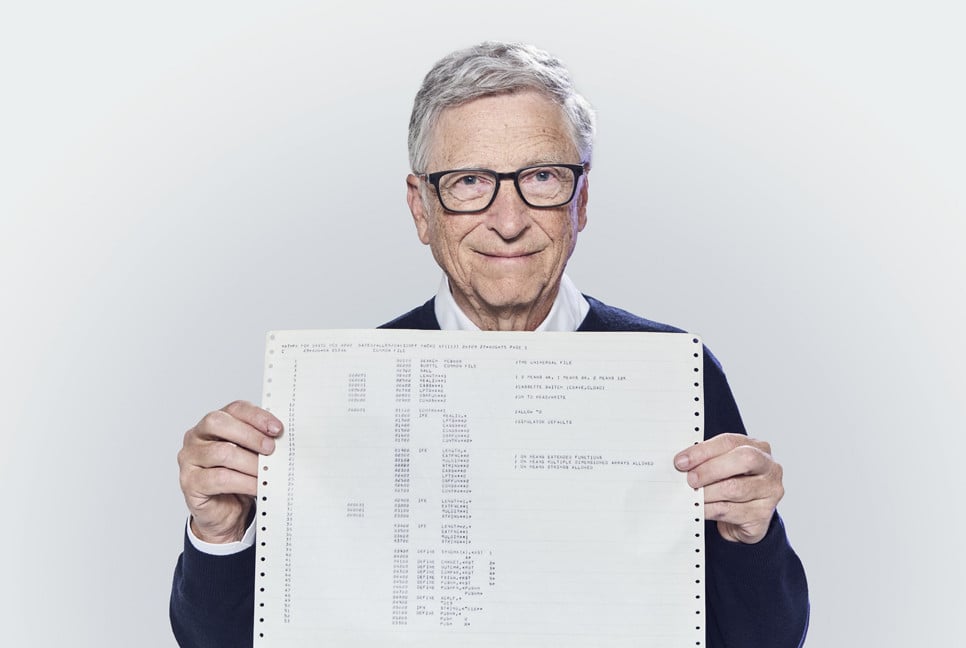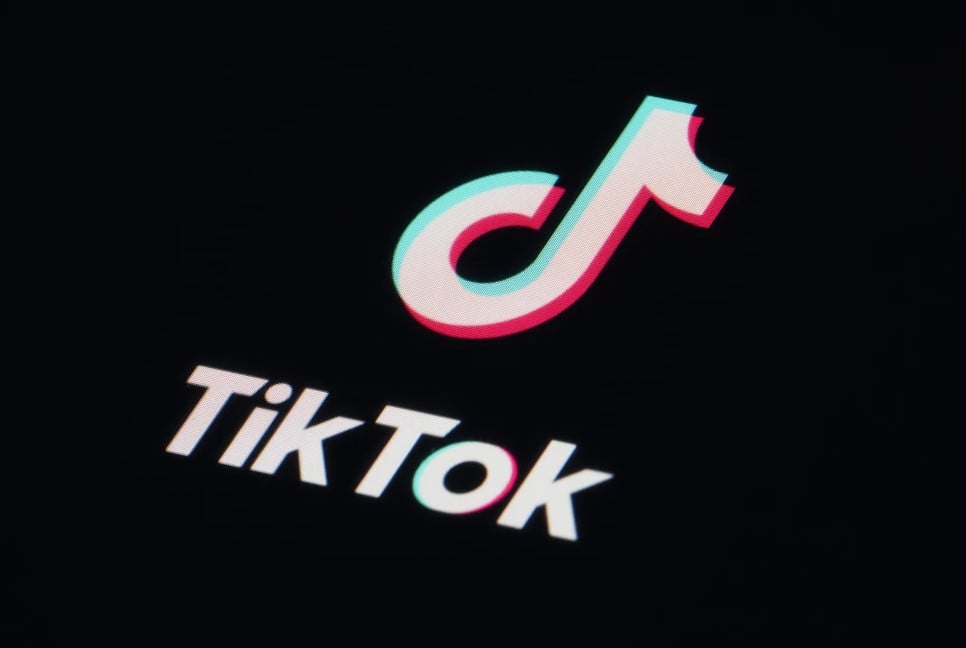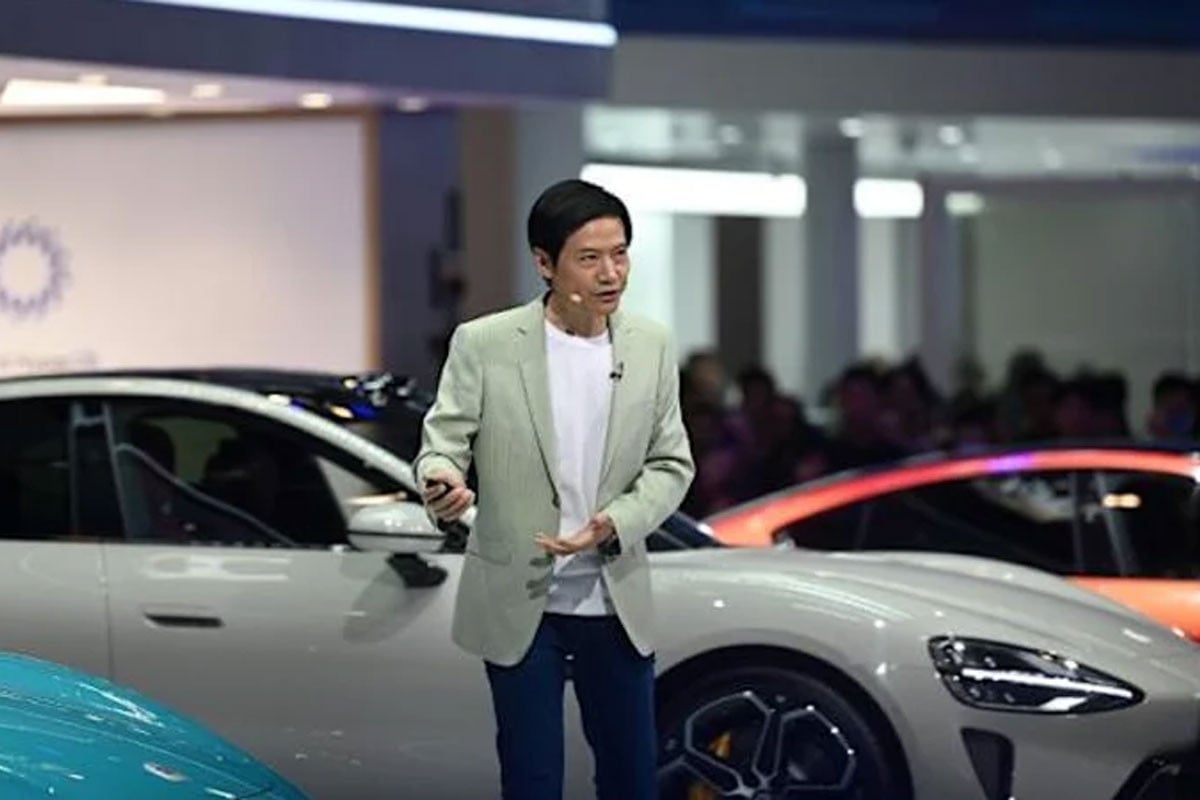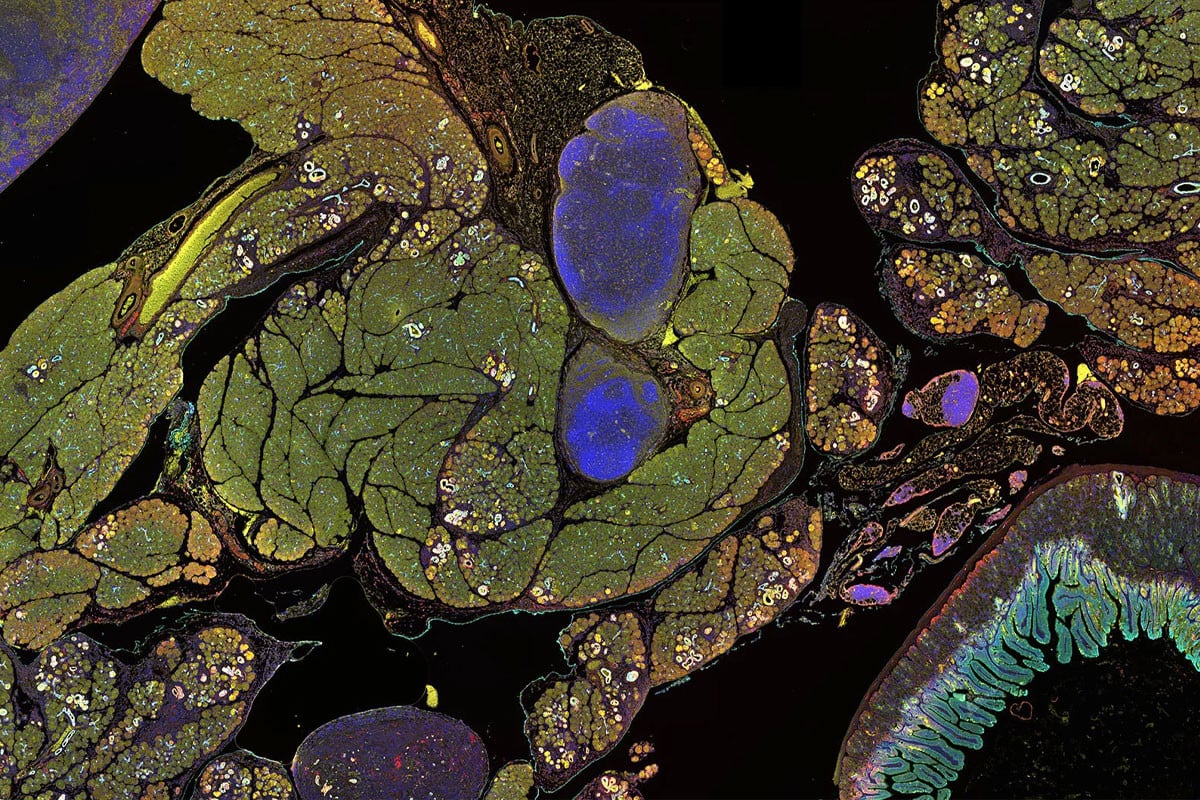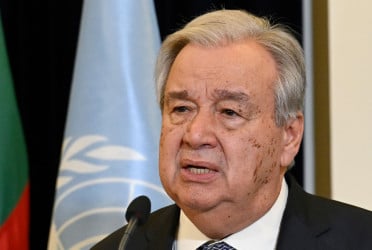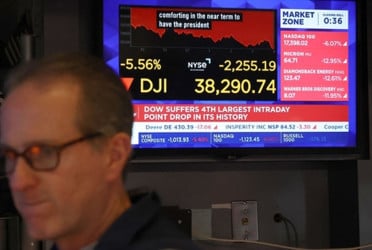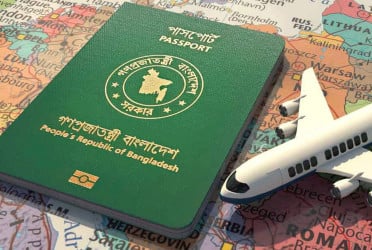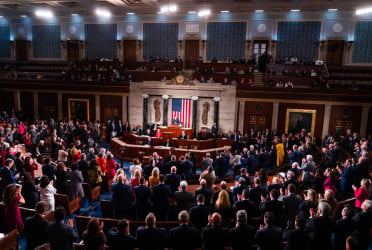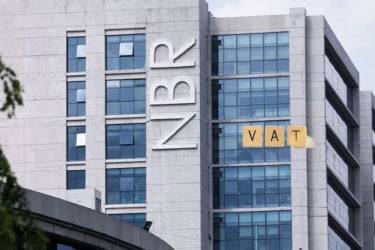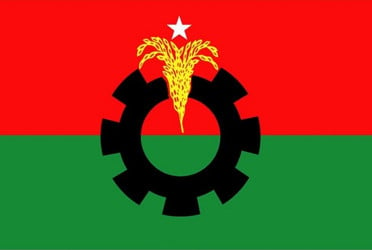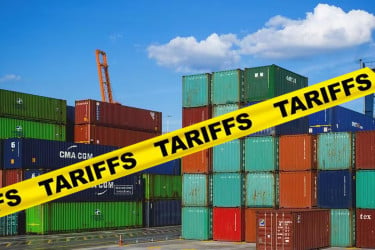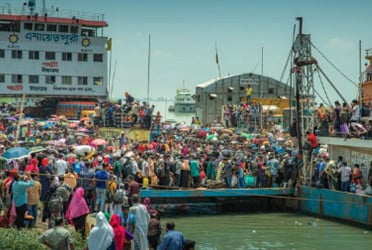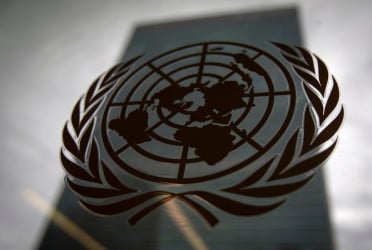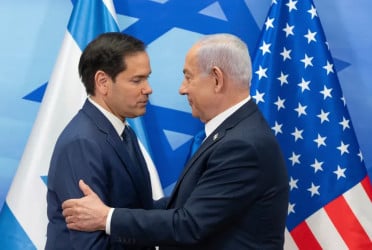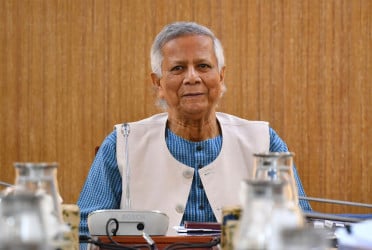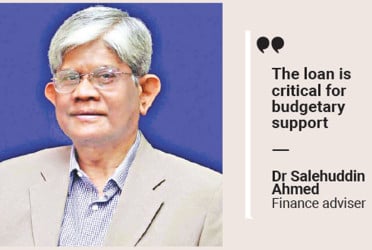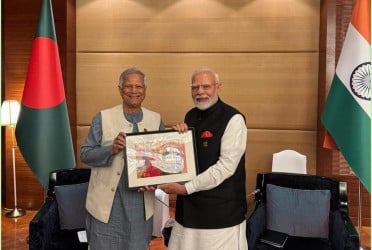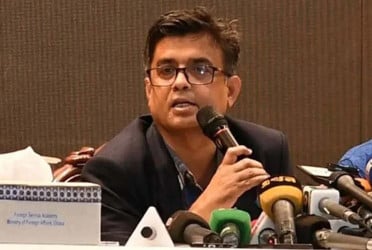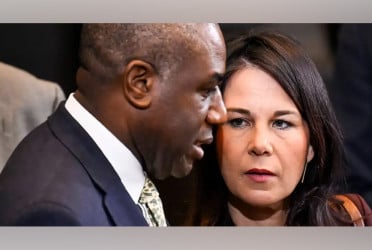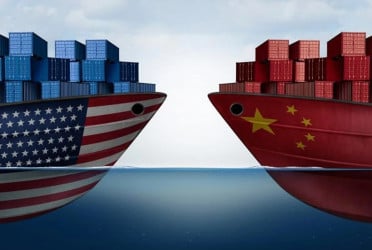Meta, the parent company of Facebook, Instagram, and WhatsApp, is set to build a new, privately owned subsea fiber-optic cable that will span over 40,000 kilometers around the world, according to sources familiar with the project. With its vast user base accounting for 10% of global fixed internet traffic and 22% of mobile traffic, Meta is investing in the infrastructure needed to support the growing demand for its services, particularly as artificial intelligence initiatives are expected to further boost usage.
The $10 billion-plus subsea cable project will be Meta's first of its kind, with the company planning to be the sole owner and user of the cable. This marks a significant step in Meta's strategy to have greater control over its global data infrastructure. TechCrunch has confirmed the plans, which were first reported by subsea cable expert Sunil Tagare in October. Tagare, the founder of Flag Telecom, noted that the initial budget for the project is set at $2 billion, but as the scope of work expands, the total cost could exceed $10 billion.
While the project is still in the early stages, with planning underway but physical assets yet to be finalized, sources suggest that Meta is expected to publicly announce more details in early 2025. This announcement will likely include the planned route, capacity, and the reasoning behind the decision to build its own cable.
The subsea cable is expected to follow a unique route, spanning from the east coast of the U.S. to India via South Africa, then continuing from India to the west coast of the U.S. via Australia, creating a "W" shape around the globe. However, the project faces challenges, including a limited supply of cable ships and high demand from other major tech companies like Google, making it a multi-year effort to complete.
Meta’s infrastructure efforts are led by Santosh Janardhan, the company’s head of global infrastructure and co-head of engineering. The company has teams around the world focused on planning and developing its infrastructure, and in the case of the new subsea cable project, it is being spearheaded from Meta’s South Africa operations, according to sources familiar with the plans.
Fiber-optic subsea cables have been a critical part of global communications for the past four decades, but the key distinction in Meta's new project lies in the company’s approach to funding and ownership. This marks a significant shift in the industry, where traditionally, telecom carriers formed consortiums to build subsea networks. In recent years, however, major tech companies like Meta have entered the space, shifting the dynamics of ownership and investment.
Meta is no stranger to subsea infrastructure. The company already co-owns 16 existing networks, including the 2Africa cable, which encircles the African continent. Partners in this project include telecom carriers such as Orange, Vodafone, and China Mobile. However, the new subsea cable will be the first to be entirely owned by Meta, placing it alongside other tech giants like Google, which has stakes in 33 different subsea routes, some of which it wholly owns. Amazon and Microsoft are also involved in subsea cables, though they do not own any routes outright.
This move underscores the increasing role of big tech companies in the development of global data infrastructure, as they seek more control over the networks that underpin their expanding digital services.
Why Meta Wants Its Own Subsea Cable
There are several reasons why building its own subsea cable is a strategic move for Meta, alongside its peers in big tech. One primary motivation is to have sole ownership and control over the route, ensuring Meta has priority access to the capacity needed to support traffic across its platforms. According to Meta's earnings reports, the company generates more revenue from markets outside North America than from its home country. Owning dedicated subsea cabling allows Meta to maintain quality service for its global traffic, although it still needs to negotiate with local carriers for the final leg of delivery to users' devices.
Meta, like Google, has also touted the economic benefits its subsea investments bring to various regions. Projects such as the Marea cable in Europe and others in Southeast Asia are said to have contributed over "half a trillion dollars" to local economies. But beyond these positive impacts, there is a more pragmatic reason behind the tech companies' growing stake in subsea cables: they want greater direct ownership of the infrastructure that delivers content and services to users. As analyst Ranulf Scarborough points out, “They make their money from their products being presented to end users, and they will do everything they can to ensure customer experience... Frankly, who’s going to rely on traditional telcos anymore? Tech companies are now independent. They’ve realized they’ve got to build it themselves.”
Another key factor is geopolitical risk. In recent years, several subsea cables have been damaged or destroyed during conflicts. Houthi rebels in the Red Sea, for example, have targeted cables, and this month, Russian forces were suspected of cutting a submarine cable in the Baltic Sea. Meta's planned subsea route is designed to circumvent areas of geopolitical tension, avoiding regions like the Red Sea, South China Sea, Egypt, and the Straits of Malacca, all of which are considered high-risk zones. Furthermore, the U.S. Federal Communications Commission’s recent announcement to review submarine cable licensing could increase the importance of Meta’s ownership of secure, less contested routes.
A third, more speculative reason for Meta’s subsea cable project could be tied to its interest in India. According to Tagare, Meta may be looking to build data center infrastructure in India to support the training of AI models, with the subsea cable potentially playing a role in this. India’s relatively low compute bandwidth costs make it an attractive location for AI development, and with India’s rapidly expanding tech infrastructure, Meta could be positioning itself to capitalize on this growth. Additionally, India is Meta's largest market by far, with over 375 million Facebook users, 363 million Instagram users, and 536 million WhatsApp users, all showing strong interest in new AI-driven features.
While sources close to the project indicate that AI is still a "long tail" consideration in the broader planning, the combination of India’s market potential and its growing data center capabilities makes the country a logical landing point for Meta's subsea cable. Whether Meta will open the cable’s capacity to other users, alongside its own needs, remains uncertain at this stage.
(Source: TechCrunch)
BD-Pratidin English/Mazdud


